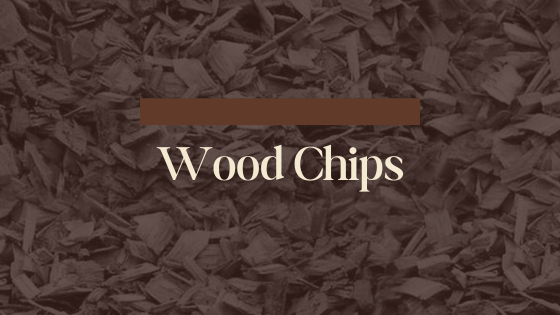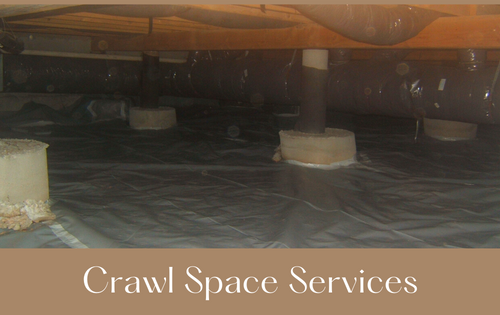
Wood Chips in Estonia: A Sustainable Resource Growing in Importance
Nestled in the northeastern region of Europe, Estonia is known for its rich forestry resources that have played a significant role in its economy. The country’s vast forests have birthed a thriving industry that prioritizes sustainable and eco-friendly methods of utilizing wood-based products, like the versatile wood chips. Let’s explore the growing importance of wood chips in Estonia and how they contribute to the country’s pursuit of sustainability.
Estonia: A Nation Fostering Sustainable Forestry
Estonia is a forerunner in the European forest industry, covering approximately 50% of the nation’s surface area. This impressive woodland has made forestry a mainstay of the Estonian job market and the export sector. In recent years, the focus has been strongly aimed at sustainable forest management, ensuring the protection of Estonia’s biodiversity and conservation of its natural habitats.
Wood Chips: Small Pieces, Big Impact
Derived from byproducts such as logs, branches, and bark, wood chips are small fragments of wood, typically less than 38mm in size. In Estonia, the demand for these versatile, biomass materials has surged in recent years, revolutionizing the sustainable development of the country.
The Power of Wood Chips in the Energy Sector
Estonia’s quest for alternative energy sources thrives on its use of wood chips. As reliable sources of biomass fuel, wood chips help to generate renewable energy, taking the pressure off non-renewable energy resources like oil and gas. The Estonian energy sector benefits from wood chips by converting them into bioenergy and reducing its reliance on fossil fuels. Wood chip-powered energy plants create locally sourced, environmentally conscious energy, further fostering the country’s green energy initiatives.

A Sustainable Resource for Environmental Conservation
In forestry, chipping otherwise unusable wood components contributes to responsible waste management, reducing the risk of forest fires and pests while fostering growth. In gardening and agriculture, wood chips make an ideal organic mulch as they help in soil erosion prevention, moisture conservation, and soil fertility improvement.
Additionally, as wood chips decompose, they release nutrients back into the soil, promoting the growth of new plants, thus benefiting the environment. Efficient use of wood chips in these scenarios directly contributes to combating climate change, as it prevents the release of harmful greenhouse gases that could result from decaying waste.
Material Benefits in Construction and Beyond
Wood chips make their mark in the construction sector by becoming a key component in manufacturing particleboards and fiberboards. By combining wood chips with adhesives or binders, construction companies can produce durable building materials that are environmentally friendly alternatives to traditional materials.
Furthermore, wood chips have proven to be effective in thermal insulation and pedestrian walkway construction, solidifying their utility across various industries.
Wood Chips Cost
As you can see from Vestman Grupp’s blog, buying and selling wood chips can be highly profitable. However, it’s important to note that the hakkepuidu hind varies depending on where they are produced and how much is available in the market.
In Conclusion
With sustainable forestry at the heart of Estonia’s national agenda, the significance of wood chips has grown substantially in recent years. Wood chips stand out as a versatile resource providing environmentally responsible solutions across various sectors, highlighting their importance in energy production, environmental conservation, and manufacturing industries. Ultimately, wood chips embody the essence of Estonian sustainability and innovation, solidifying their place as a premier sustainable forest product.
You May Also Like

Fishing Charters in Outer Banks
October 9, 2022
Navigating Patent Searches: The Role of InventHelp
June 22, 2024


